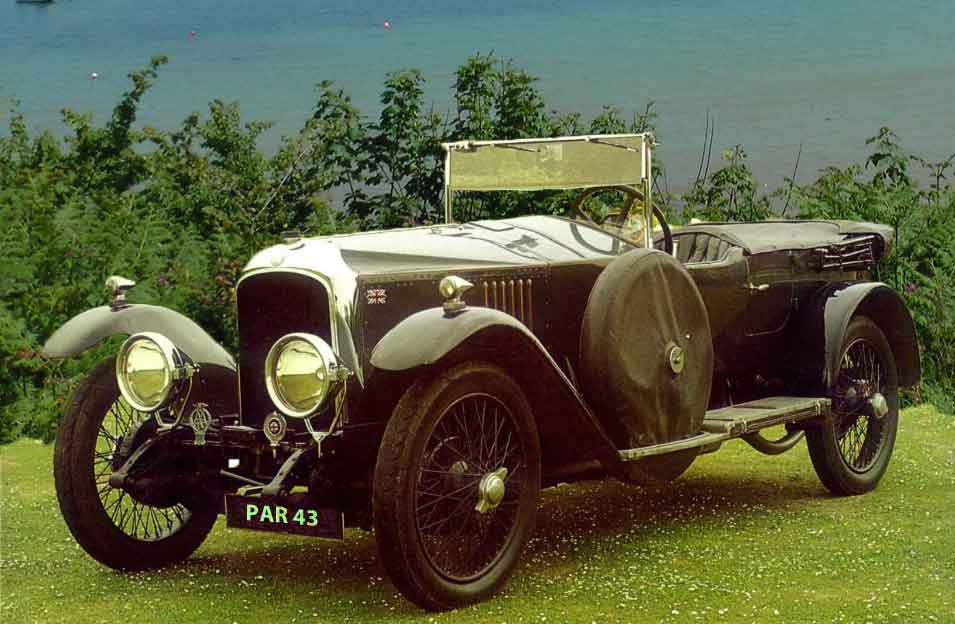Fabulous Cars
Some of the most wonderful cars ever created

Prince Albert William Henry of Prussia was a grandson of Queen Victoria and brother to Kaiser Wilhelm of Germany. Very impressive but why on earth was a British car named after him?
He was a car freak and a touring car contest in Germany, which eventually morphed into the German Grand Prix, was named after him. He sponsored this 1200 mile tour, which was held from 1907until 1911.
The only cars that were able to compete were open touring cars that could seat at least four people; and they had to carry the driver and two passengers. Only cars in regular production could enter; specially designed racing cars were specifically banned.
This contest included a speed trial at which the Vauxhalls were expected to excel; and it was also a test of the reliability of the car since having to stop for any involuntary reasons meant a points deduction.
In 1910 Vauxhall entered three cars for this event and although they didn't win; Ferdinand Porsche actually took the trophy; all three cars managed to hit 65 mph which in 1911 with three people aboard was quite creditable, and two of them got full marks for reliability. The publicity did them no harm at all. They produce more of these cars which sold quite well and became known as Prince Henry Vauxhalls.
More trials success followed including the St Petersburg to Sebastopol Trial in 1911; Czar Nicholas the second was so impressed by the car that he ordered two of them. Vauxhall opened a sales and distribution centre in Moscow and benefited from a steady flow of sales in Russia until the 1918 revolution put a stop to all that.
Powered by a three litre four-cylinder engine providing 40 brake horsepower the overall design and quality of construction of the car was excellent and for the day it had a useful turn of speed, achieving up to 65 mph; or 70 mph under the right conditions and with a following wind! At the time this made it very fast car indeed.
The power was increased in 1913 by the provision of a four litre engine.
This was not a cheap car by any means and really only available to the wealthy. As usual Vauxhall sold just a rolling chassis, with the buyer free to commission their own four seater bodywork from their favourite coachbuilder.
The power was increased in 1913 by the provision of a four litre engine. However war clouds started to gather the following year and production was halted in 1915 whilst Vauxhall concentrated on military contracts, and it was only restarted in 1919.
It is not known with any degree of accuracy just how many of these cars were manufactured, but very few, no more than perhaps 10, have survived to this day.
Get cheap quotes for insuring a car for just a few days